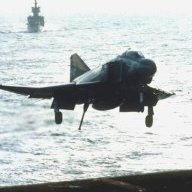-
Posts
1,233 -
Joined
-
Last visited
-
Days Won
2

willedoo replied to fly_tornado's topic in Military Aviation

willedoo replied to fly_tornado's topic in Military Aviation

willedoo replied to fly_tornado's topic in Military Aviation

willedoo replied to fly_tornado's topic in Military Aviation

willedoo replied to fly_tornado's topic in Military Aviation

willedoo replied to fly_tornado's topic in Military Aviation

willedoo replied to fly_tornado's topic in Military Aviation

willedoo replied to fly_tornado's topic in Military Aviation

willedoo replied to fly_tornado's topic in Military Aviation

willedoo replied to fly_tornado's topic in Military Aviation

willedoo replied to fly_tornado's topic in Military Aviation

willedoo replied to fly_tornado's topic in Military Aviation

